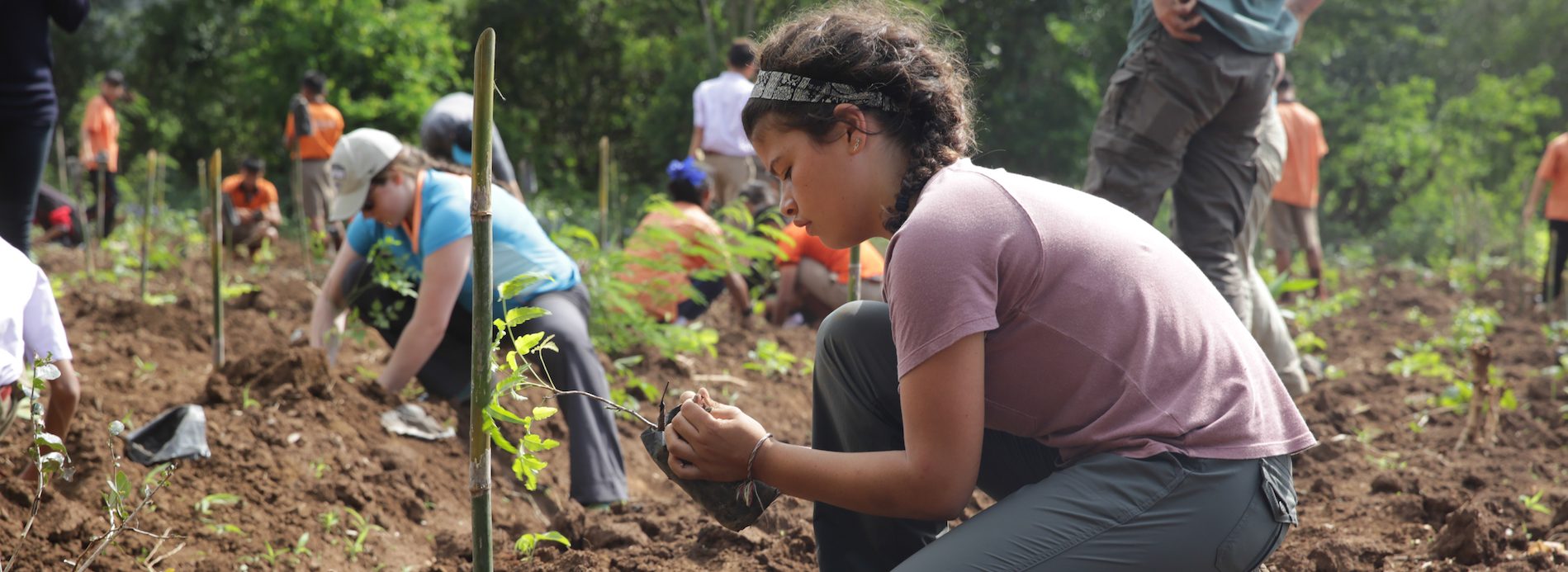Global Sustainability Activities – Pre-Program
Activity 3: The Story of Stuff

How It Works
This activity will help you think how different consumer items make it into your home, from extracting natural resources to the transportation required to get it there. It also displays the global, interconnected nature of production and transportation and asks you to think critically about the displacement or movement of natural resources that can occur as a result.
How You Do It
- Watch the video “The Life Cycle of a T-Shirt” and think about the “stuff” in your own home. How do you think your stuff was made? What natural resources needed to be extracted in order to make the items in your home?
- Find 20 items in your home that have the “Made In” label or sticker on them. Using your notebook, write down the place where each item is made and answer the following questions:
- How many different countries did you find?
- How many of the items were made in the US versus overseas?
- Were you surprised at how many or how few countries were represented?
- Think about how much work had to go into getting the stuff all the way to your house.
- How far did it have to travel?
- How many different people or factories may have worked on these items?
- Look closely at what the items are made out of.
- What natural resource is most common in the products that you’ve collected? For example: cotton, plastic (oil), etc.?
Take Away Points
- The “Made In” label often doesn’t tell the whole story. Resources from all over the world are used and collected, then made in the location specified on those labels. That label just tells us just a small part of the story of your stuff.
- “Buying local” is an important step in reducing your carbon footprint, but buying used clothes and items from thrift stores and garage sales is an even more effective way to reduce your impact. By buying used, you are preventing new natural resources from being extracted, helping avoid new pollutants from being released into our environment and avoiding the transportation needed to ship those goods.